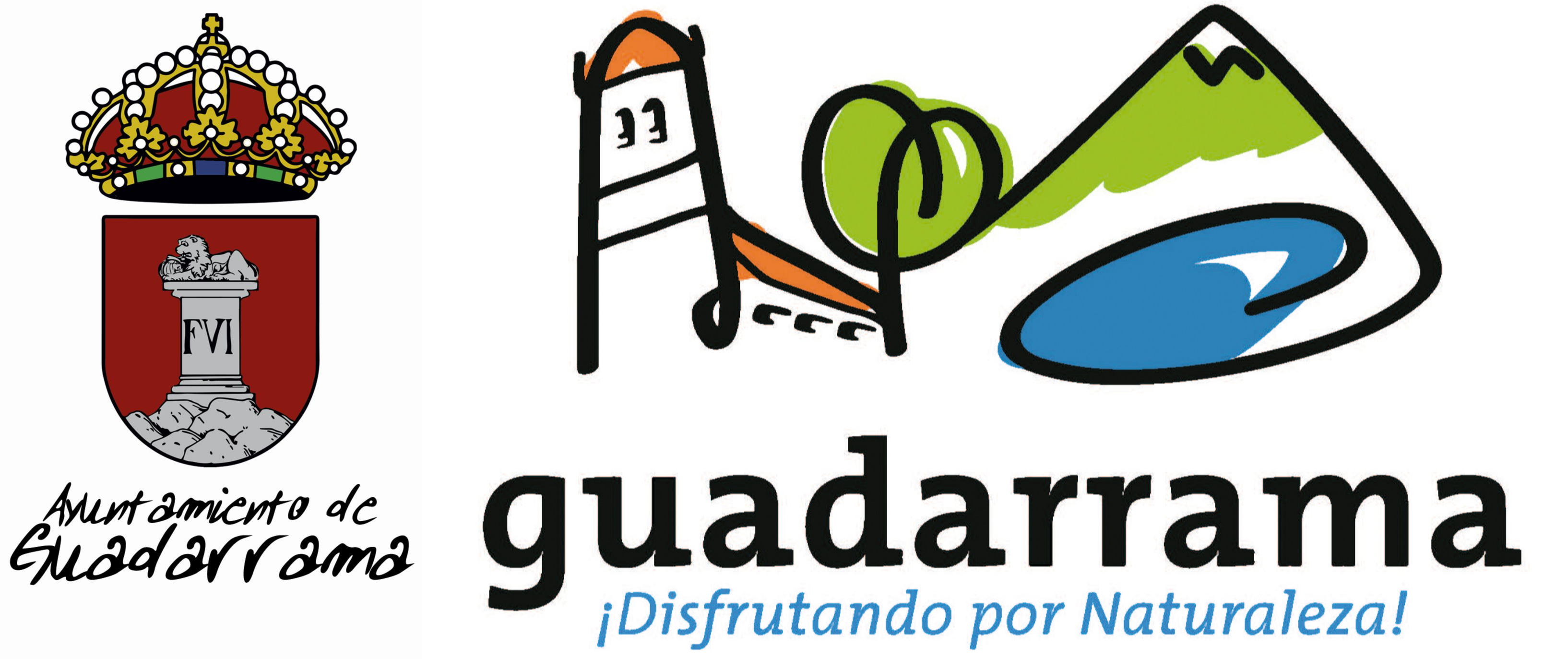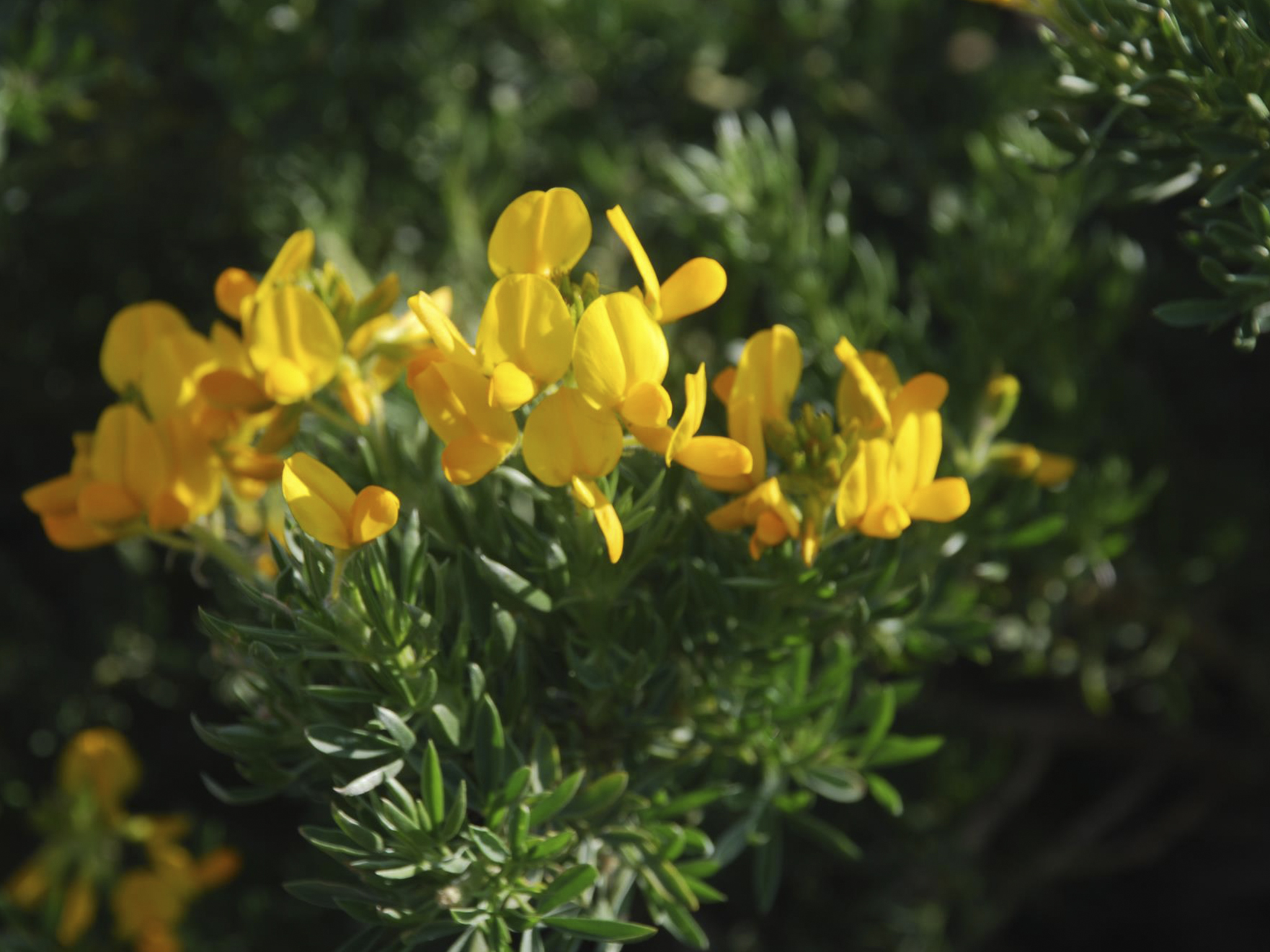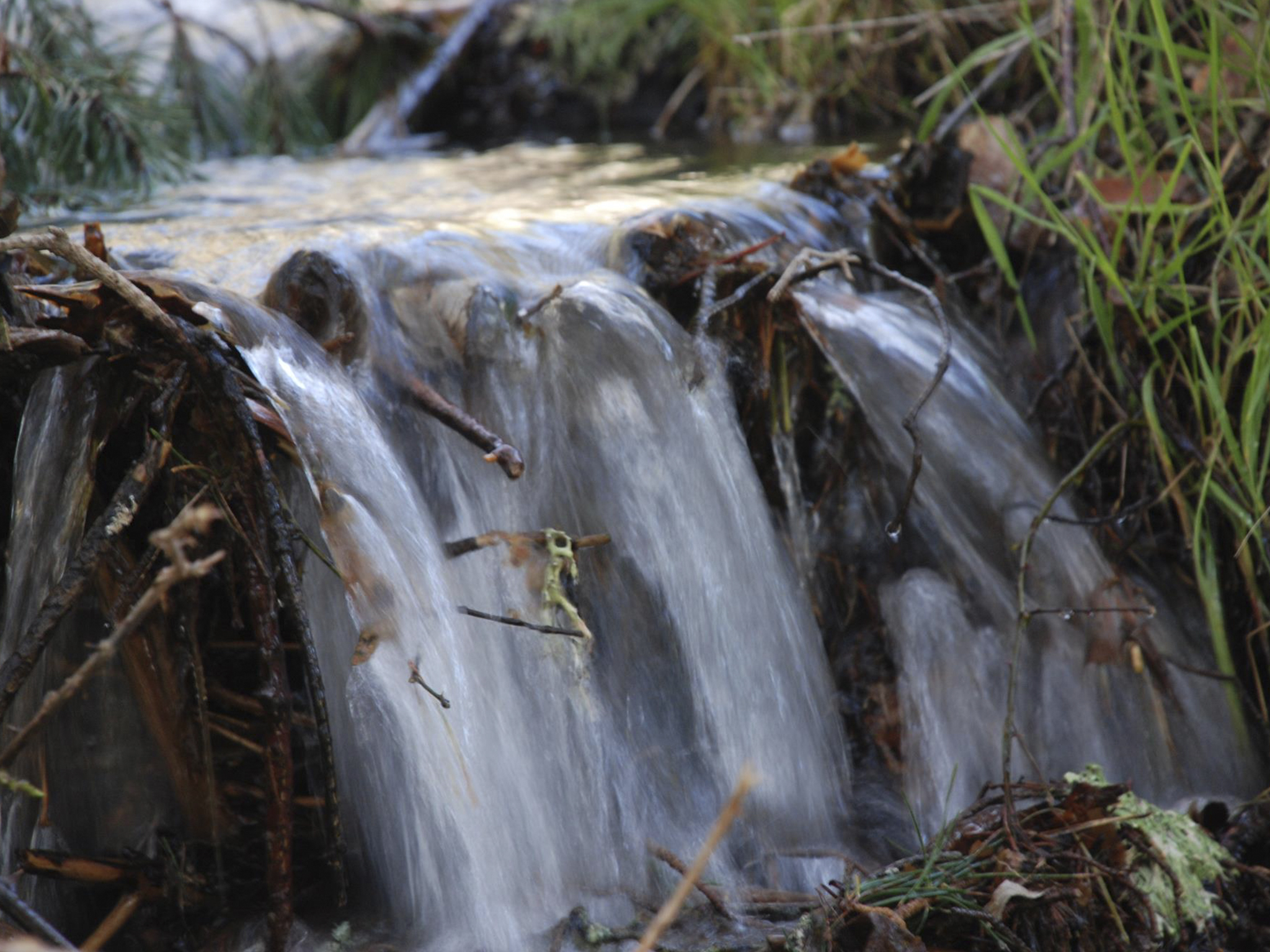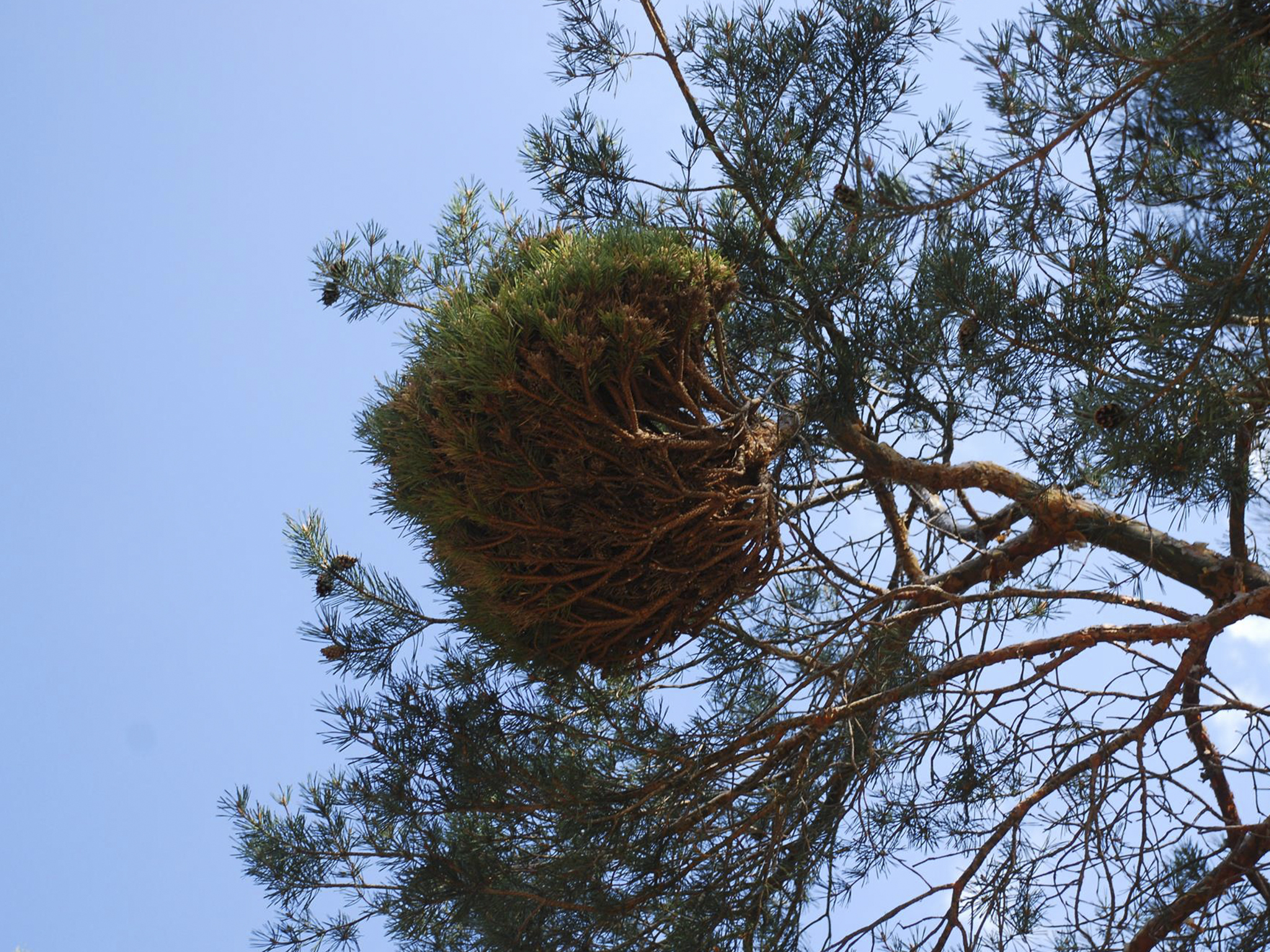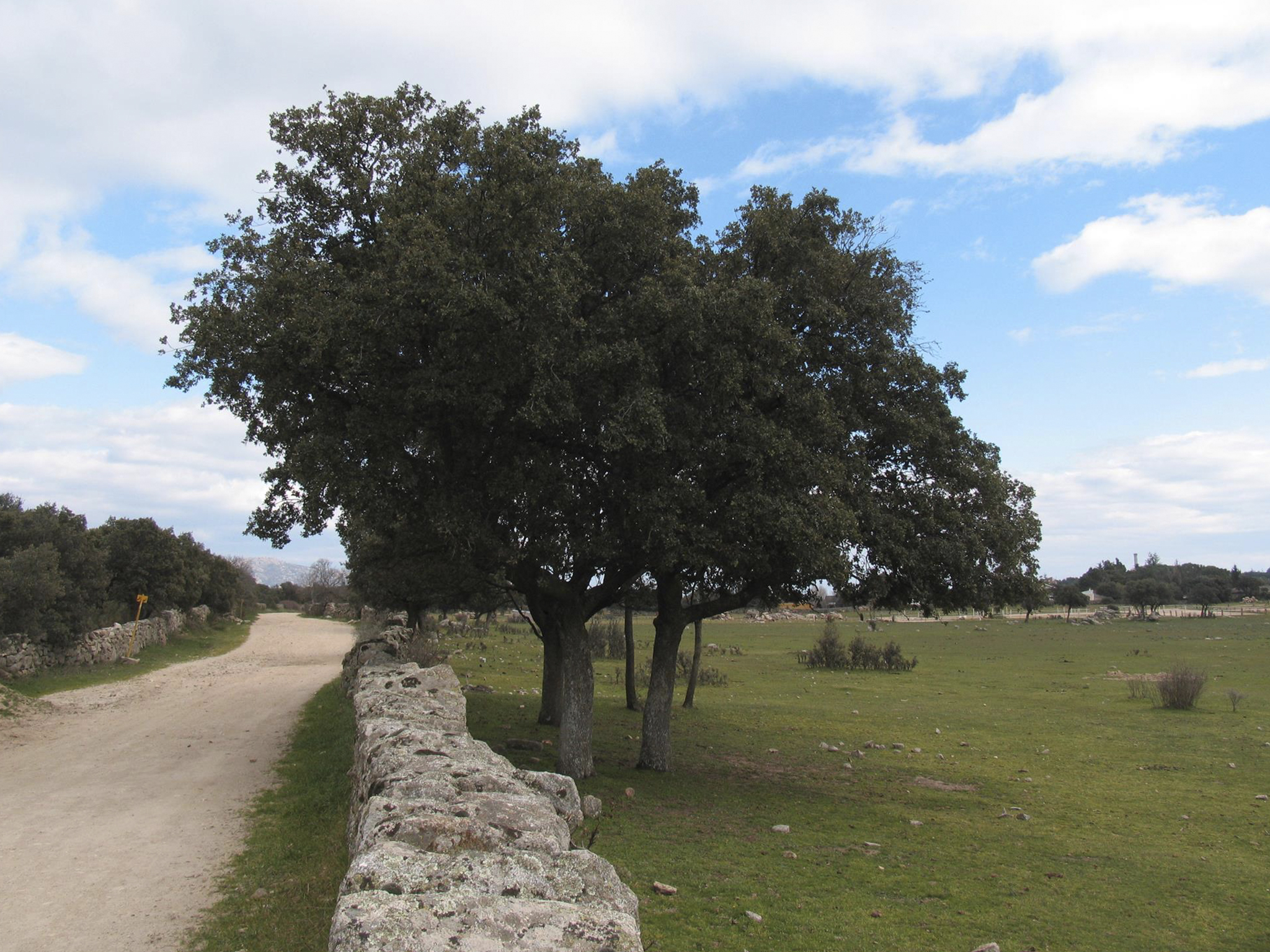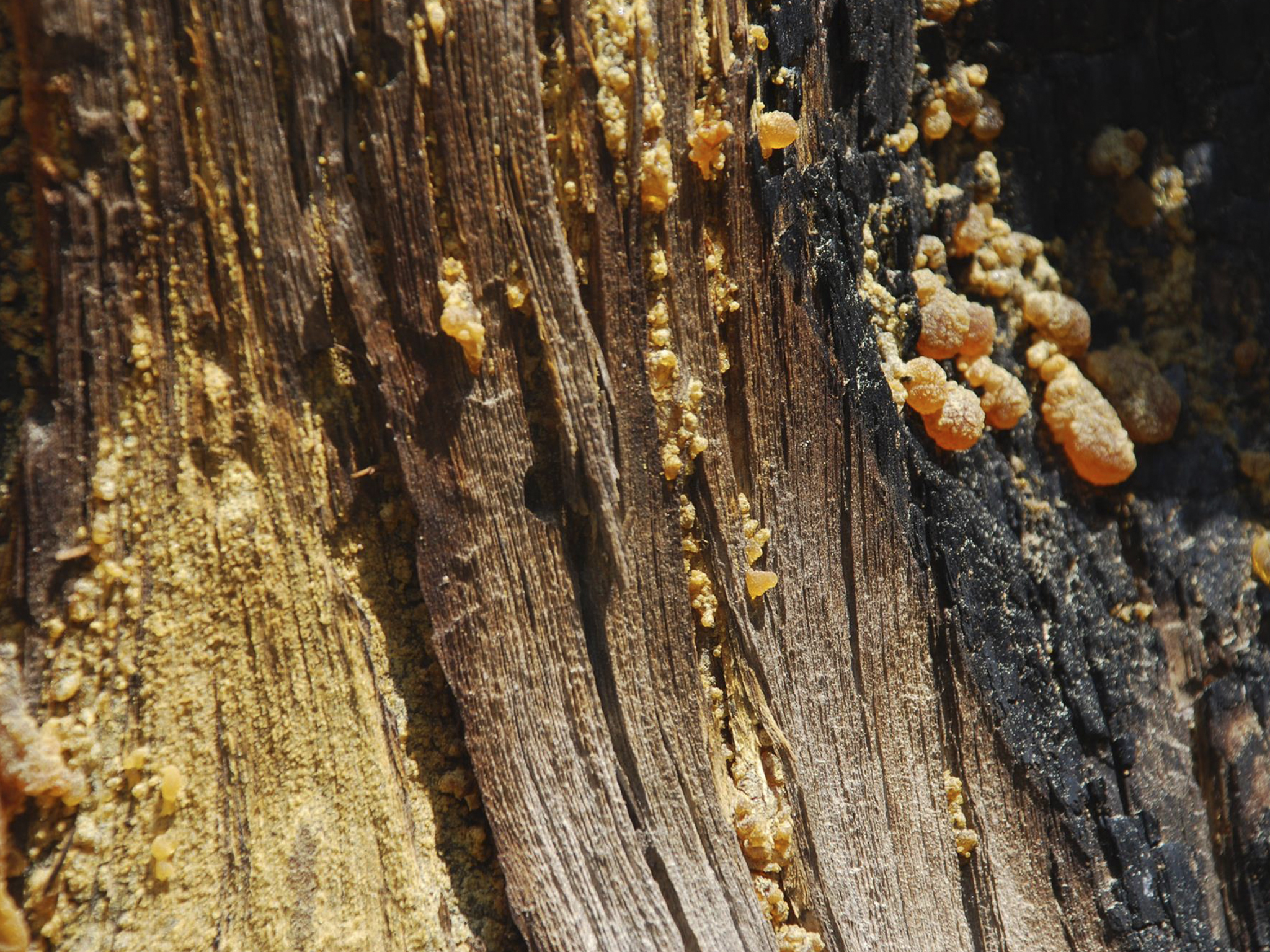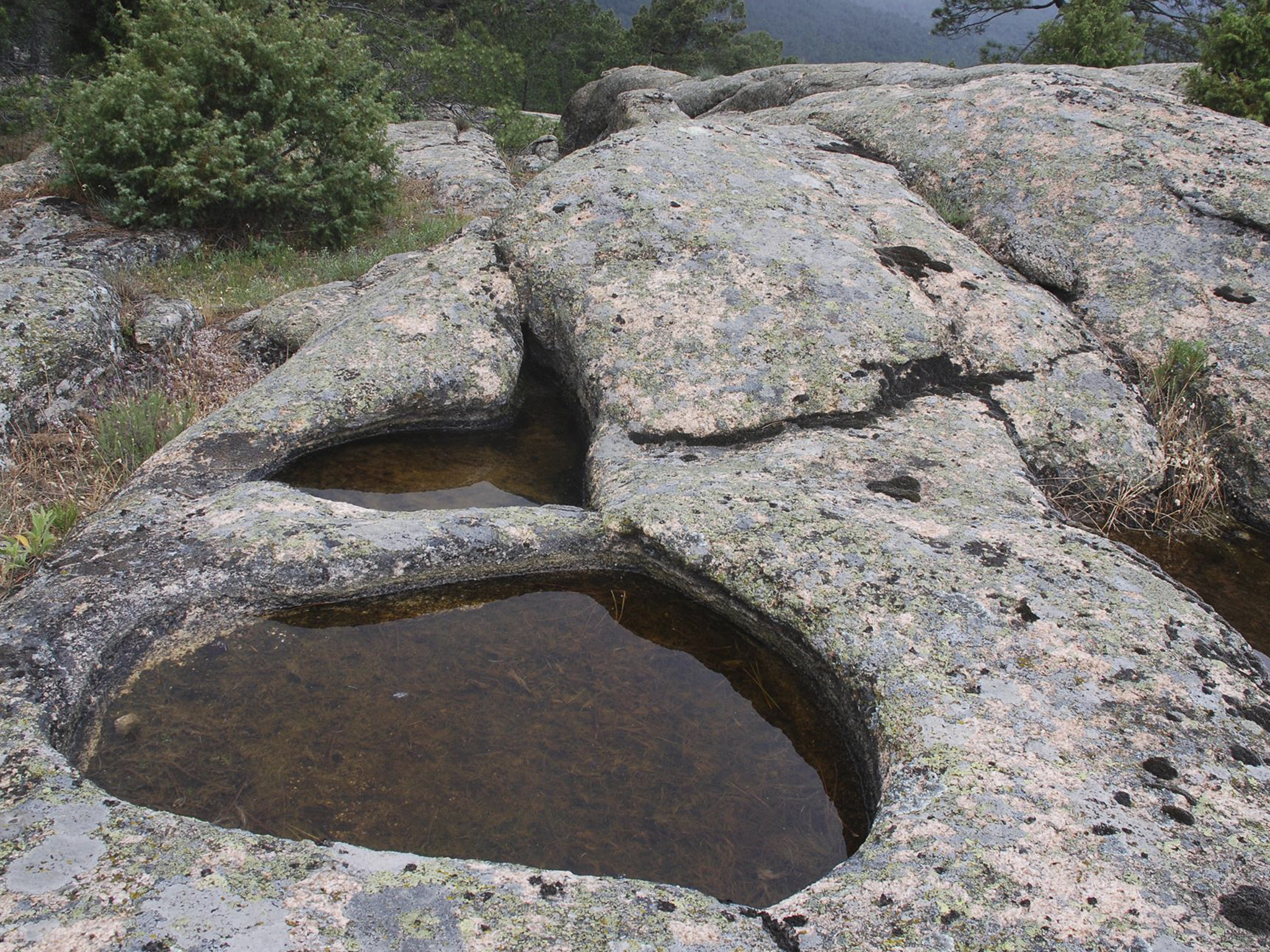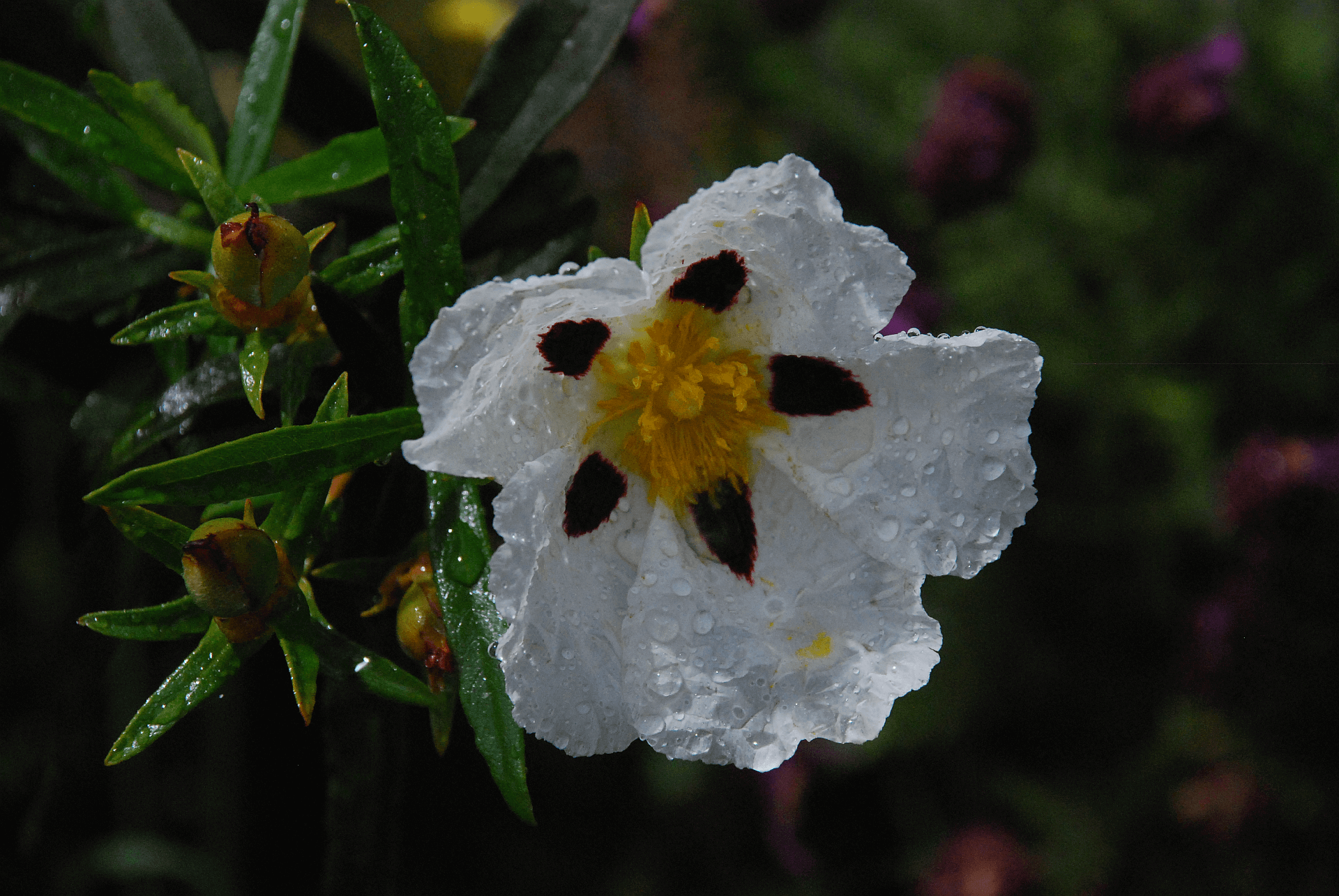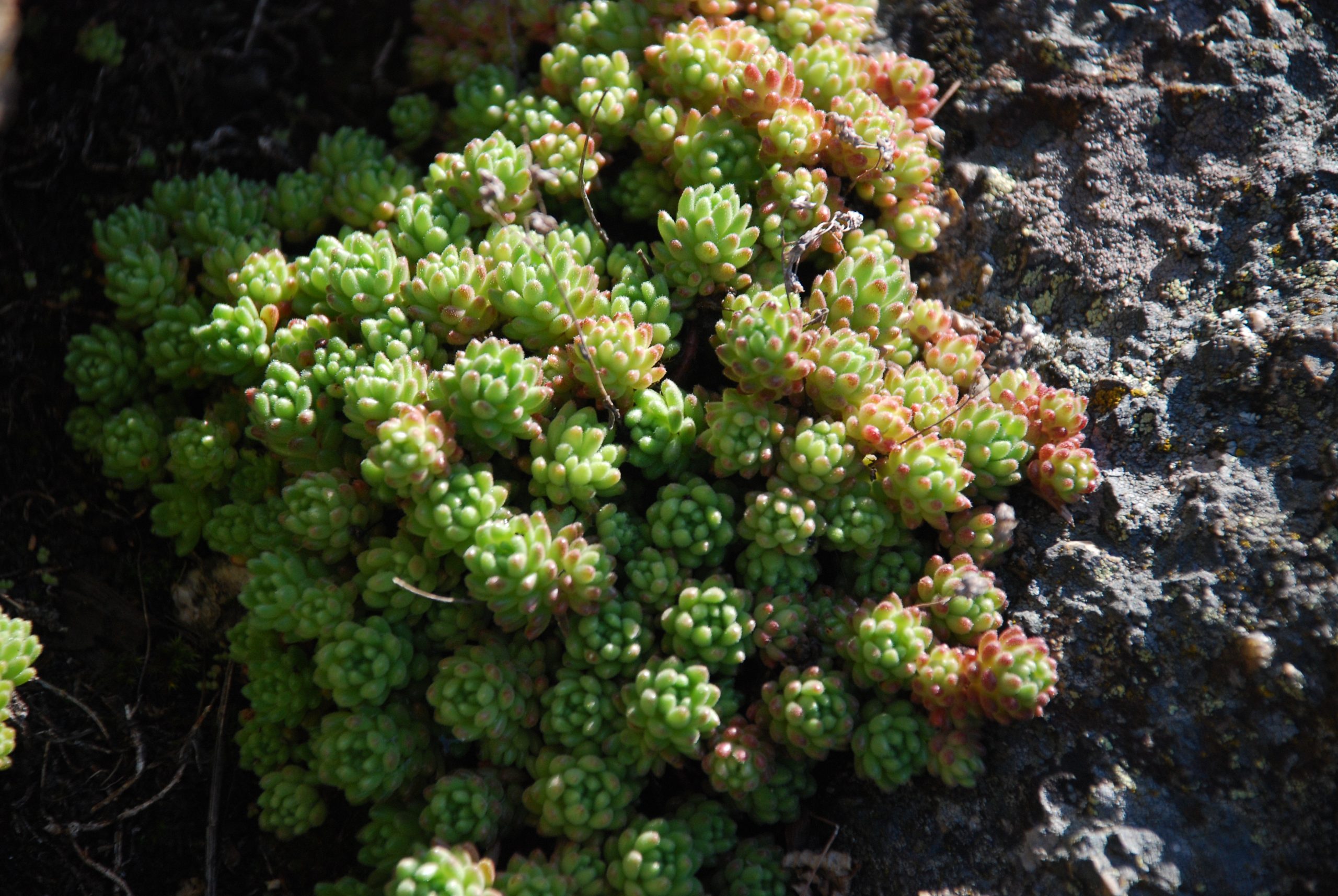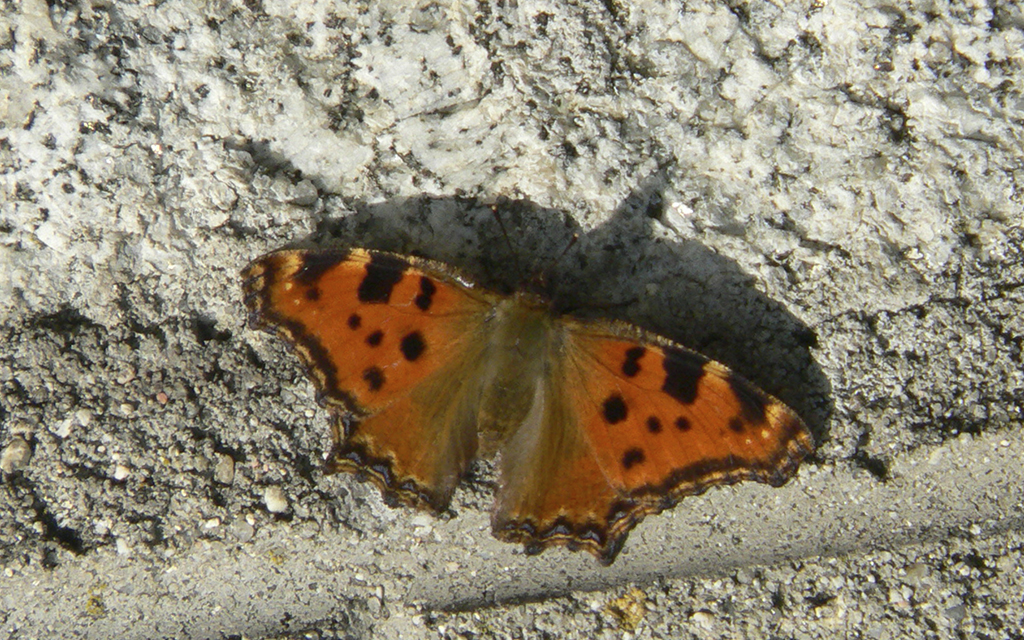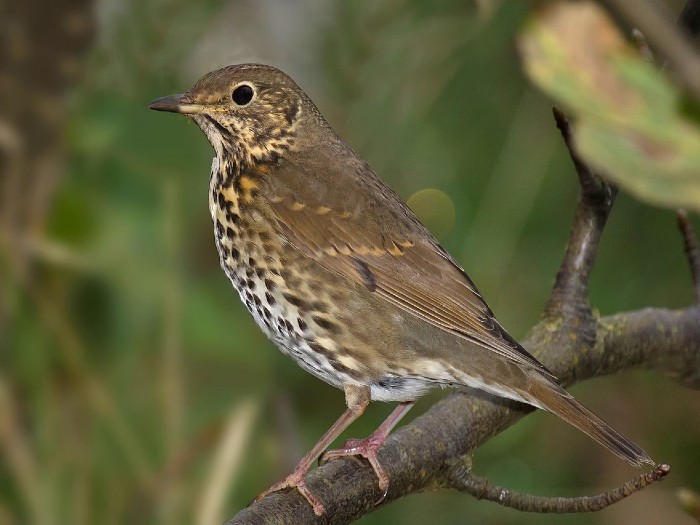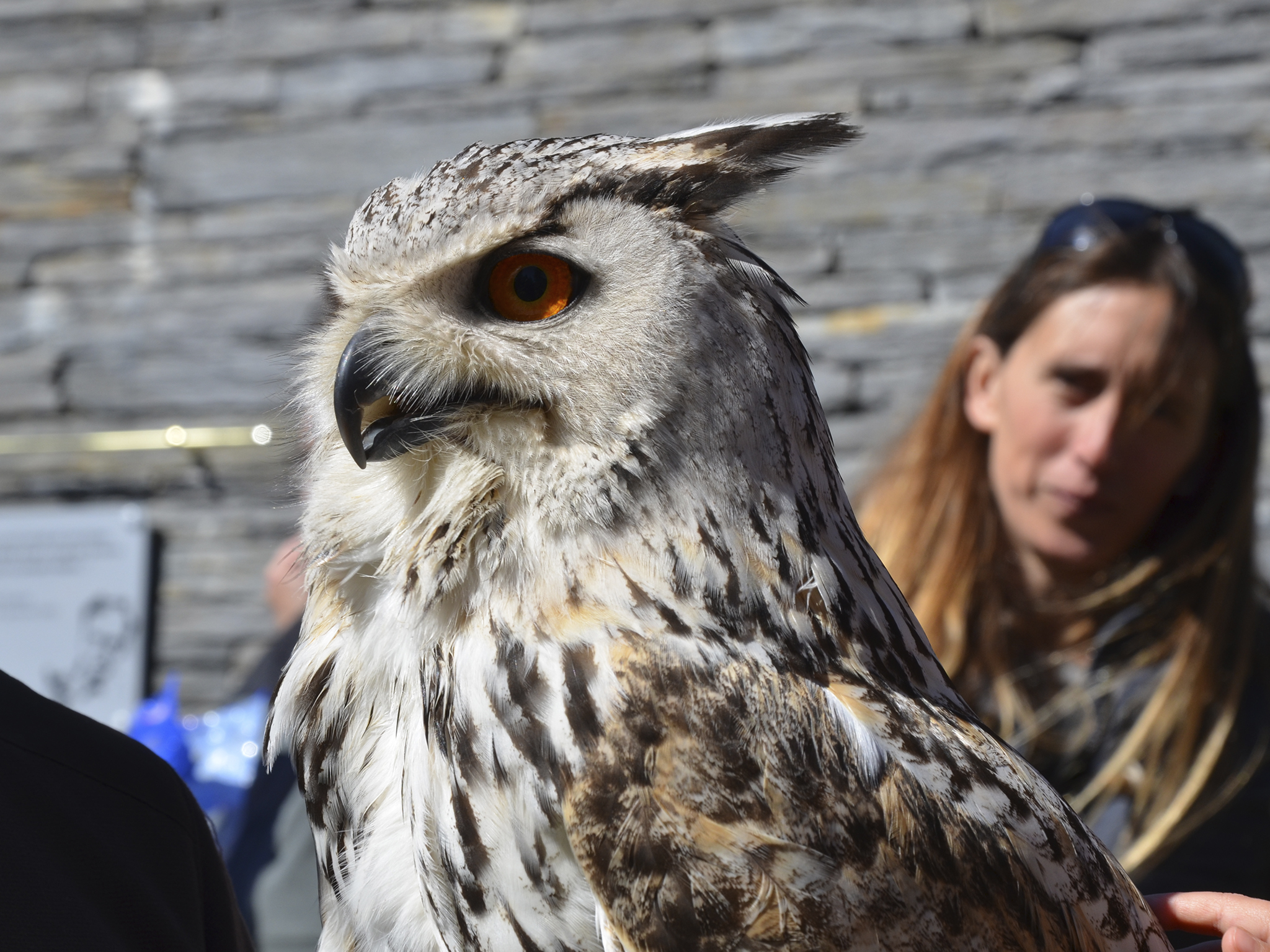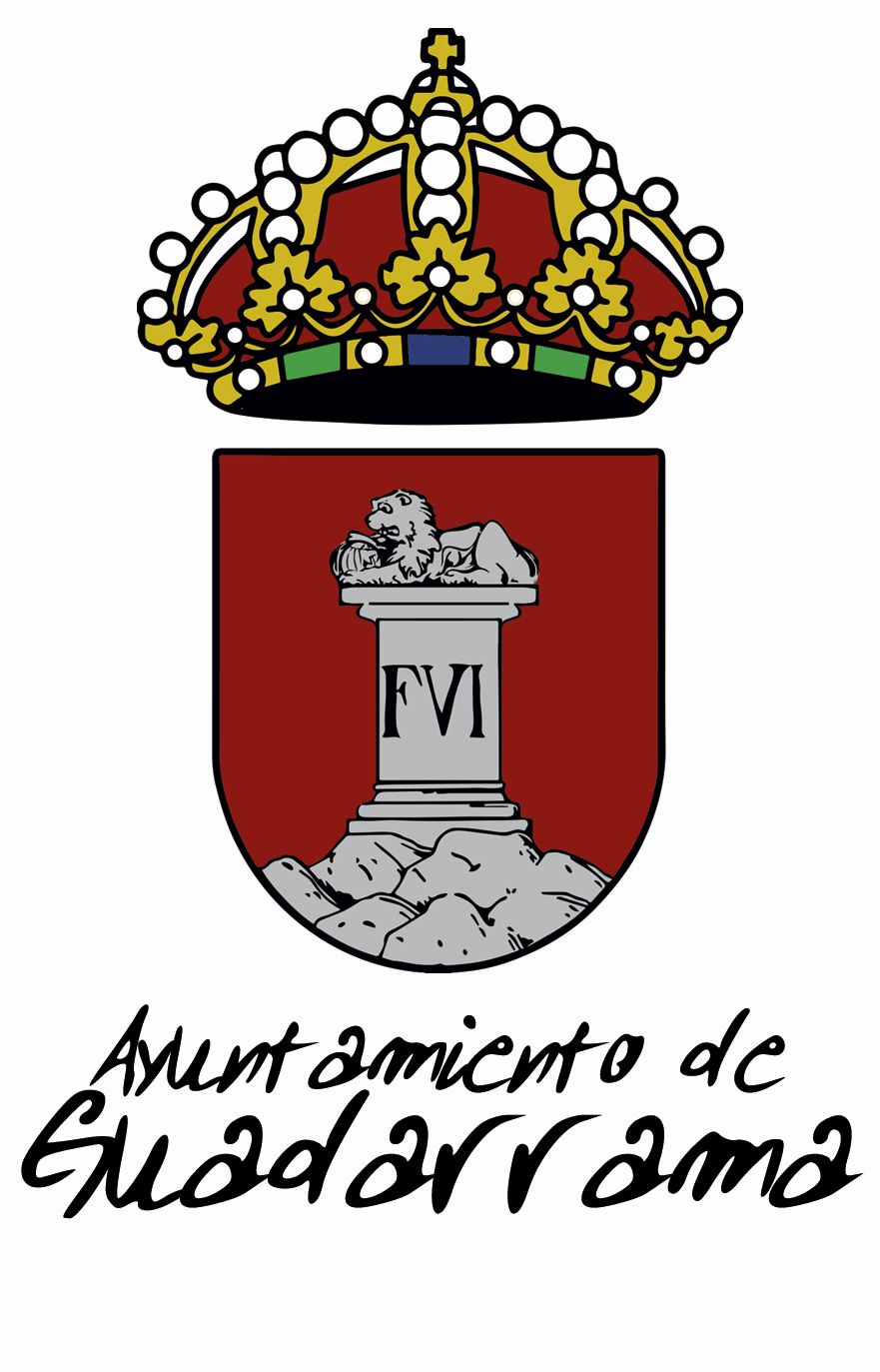Nature
Sites of interest
The Sierra de Guadarrama has a high ecological value and therefore receives special protection from the European Union, Spain and the Madrid Region. In Guadarrama we can find several protected spaces, of which the most notable are:
The Guadarrama river basin and some surrounding pine forests are listed as a Site of Community Interest (SCI) in the Guadarrama Basin (aimed at ensuring biodiversity through the conservation of natural habitats and wildlife). In Guadarrama it affects practically the totality of the northeast of the municipal district. In the vicinity of the river are pine forests, riverside vegetation and pastures, a flora that is home to animals such as warblers, nightingales and oropendolas, among others, and closer to the water different amphibians and fish, such as frogs, trout, carp …
The Peña del Arcipreste de Hita, declared a Natural Monument of National Interest in 1930 at the request of the Spanish Royal Academy, is an outcrop of fractured granite rock that rises abruptly above the ground at an altitude of 1,520 metres. At the base of La Peña there is a copy of the Book of Good Love, as a tribute to the 600 years of this literary work that describes the beauty of these places in spring. It is located at kilometre 56 of the N-VI, on the ascent to Alto del León. It is part of the Guadarrama Basin SCI.
The La Jarosa Reservoir included on the List of Protected Reservoirs and Wetlands in the Madrid Region and partially within the area of influence of the SCI. The current vegetation around the reservoir is characterised by the predominance of three species of pine trees: Pino laricio (pinus nigra), pino resinero (pinus pinaster) and pino albar (pinus sylvestris), which occupy ascending altitudes. Two of these species are included on the regional list of singular trees: the pino albar in La Pinosilla and the pino laricio in La Hiruela. Along with the pines grow leafy ferns and bearberry which serve as cover for roe deer, badgers, foxes …
Singular trees:
This name describes trees which due to their rarity, excellent bearing, age, size, historical, cultural or scientific significance, constitute a heritage worthy of special protection by the Madrid Region. This category of protection is regulated through the Regional List of Threatened Species of Wild Fauna and Flora (Decree 18/1992, of 26 March).
Ecosystems
Guadarrama has a great diversity of ecosystems and landscapes. This is due to its environmental conditions and wide altitudinal variation, with practically 1000 meters between the valleys and the summits. As we ascend the mountain and reach the highest heights of the Sierra, the climatology becomes harsher and different species adapt to the new environmental conditions. Thus, in a territory of only 57 Km2 we can observe high-mountain scrub near the peaks, ash and holm oak meadows in the lower areas, beautiful pine forests with different types of pine (laricio, resinero and Scots pine) and thickets and banks next to the River Guadarrama …
Groves and banks:
These are the ecosystems associated with water currents. In this municipality we find them beside the River Guadarrama and accompanying the numerous streams that flow through the municipality. The mountain streams have species such as heather on their shores and rainbow trout live in their cold, clean waters.
The groves of the River Guadarrama, where the water is slower-flowing because the slopes are gentler, are home to willows, poplars and ash trees. These sites are within the Guadarrama Basin SCI (Site of Community Interest aimed at ensuring biodiversity through the conservation of natural habitats and wildlife).
Meadows:
The meadow is an artificial ecosystem that was formerly occupied by forests. In the past, trees and bushes were eliminated by felling, mowing, controlled fires, tilling the land and livestock grazing. Clearings were opened in the forest, which if they were not maintained, would restore the primitive forest due to the process of ecological succession. We can define them as a tree formation in which the distance between individuals is large enough to allow the development of pastures and their use by livestock.
They are located in lowland areas below the pine groves. In the municipality they appear in the eastern half, catalogued as Preserved Mountains, and constitute the human ecosystem par excellence. The traditional knowledge of the people who have inhabited these mountains have made it possible to maintain an ecosystem with a high diversity, which combines forestry, agriculture and livestock.
In the municipality of Guadarrama there are two types of meadows: ash (Fraxinus angustifolia) and holm oak (Quercus ilex).
La Jarosa reservoir:
Included in the List of Reservoirs and Wetlands of the Madrid Region, it is located next to a reforested pine woodland in the municipality. It is a manmade ecosystem inbetween those of a river and a lake ecosystem.
Mountain pine groves:
Although the pine forest in the Sierra de Guadarrama is naturally located between 1,600 and 2,100 m, it occupies a larger area in the municipality of Guadarrama thanks to human action and invades areas in which oak groves would normally predominate (Pyrenean oak forests). Among the pine groves of Guadarrama, the “Pinares y Agregados” public utility lands in La Jarosa stand out, where due to successive reforestations, we find three species of pine: laricio pine (Pinus nigra), resinero pine (Pinus pinaster) and Scots pine (Pinus sylvestris). In the valleys, where there is more soil moisture, there is juniper (Juniperus oxicedrus), yew (Taxus baccata), rockrose (cistus ladanifer), rosemary (Rosmarinus officinalis).
Mountain scrub or piornal:
The vegetation of this ecosystem is adapted to the extreme conditions of the high mountain: low temperatures, snow, strong cold winds, and more. The dominant species are broom (Cystus purgans) and common juniper (Juniperus communis). We can see this ecosystem on both sides of the Puerto de los Leones pass continuing along the line of peaks to the Peña del Arcipreste de Hita.
Flora
The variety of ecosystems present in the municipality is accompanied by a great diversity of plant species. Below is a list of the most characteristic and significant species in each ecosystem.
Groves and banks.
The upper parts of the mountain streams have species such as heather on their shores and rainbow trout inhabit their clean cold waters. As you descend the species begin to change and willows begin to appear, which in less steeply sloping areas coexist with poplars and ash forming what is known as a gallery forest.
After passing through the town of Guadarrama, the river changes and now has murkier waters, with fewer trees and new species of shrub and herbaceous plants appearing on the shore, such as nettle (Urtica dioica), blackberry (Rubus ulmifolius), reeds and water lentils (Lemna minor).
Meadows.
In the municipality of Guadarrama there are two types of meadows: ash (Fraxinus angustifolia) and holm oak (Quercus ilex). In the holm oak pastures, juniper (Juniperus oxicedrus), lavender (Lavandula stoechas), marjoram (Thmus mastichina), thyme, black broom and broom (Artemisa glutinosa) appear as companion species. And in the ash wood pastures we find sweet oak (Quercus pyrenaica), hawthorn (Crataegus monogyna), sloe (Prunus espinosa), holm oak, broom and rosaceae, the latter being the most abundant wood pasture in the municipality.
Mountain pine groves.
Among the Guadarrama pine groves there are three species of pine: laricio pine (Pinus nigra), resinero pine (Pinus pinaster) and Scots pine (Pinus sylvestris). In the valleys, where there is more soil moisture, prickly juniper (Juniperus oxicedrus), yew (Taxus baccata), rock rose (Cistus ladanifer), replaced at higher altitude by the steppe rock rose (Cistus laurifolius), rosemary (Rosmarinus officinalis), thyme (Thymus zygis and Thymus masticina), lavender (Lavandula stoechas), black broom (Cytisus scoparius), torvisco (Daphne gnidium), poplar (Populus nigra), willow (Salix atrocinerea), ash (Franus angustifolia) and sweet oak (Quercus pirenaica).
Mountain or piornal scrub.
The dominant species are broom (Cystus purgans) and common or creeping juniper (Juniperus communis). We can also find heaths, such as white heather (Erica arborea) and common heather (Calluna vulgaris). Associated with these shrubs are the mountain pastures whose most representative species are: the cañuela (Festuca indigesta), cerrillejo (Hieracium vahlii), cervuno (Nardus stricta), cólquico (Colchium automnale).
Rocky areas are home to a characteristic vegetation where lichens are very important, as they break down the rock during their metabolic processes, intervening actively in the formation of the soil. Other rocky species are sedum (Sedum hirsutum), comfrey (Saxifraga sp.), navelwort (Umbilucus rupestris), narcissus (Narcisus rupícola), little robin (Geranium purpureum) and different species of ferns (Asplenium sp., Polipodium vulgare, etc).
Fauna
Guadarrama is located in an environment of great biodiversity, as is the Sierra de Guadarrama, which, together with the variety of ecosystems present in the municipality, means there is a significant number of species of fauna in the area. Below is a list of the most characteristic and unique species in each of these ecosystems.
Groves and riverbanks
In the upper reaches of rivers and streams we can find trout and insect larvae, especially plecopterans and tricopterans, which feed numerous birds, in addition to amphibians such as the Iberian midwife toad or the patilarga frog.
In the middle course where the waters are calmer, we can observe the common frog (Rana perezi), the Iberian newt (Triturus boscai) and reptiles such as the viperine snake and the Caspian turtle (Mauremys caspica), and mammals such as the water rat and the polecat (Putorius putorius), and several species of bats such as the common and the riverbank bat.
Meadows
Various species of animals use this ecosystem as habitat. They include:
Mammals: Garden dormouse (Eliomys quercinus) which takes refuge in the hollows of ash trees, weasel (Mustela nivalis), badger, common shrew, common hedgehog (Erinaceus europaeus), and various bat species such as the common bat (Pipistrellus pipistrellus) and the coastal bat (Myotis daubentonii), rabbit (Oryctolagus cuniculus) and partridge (Alectoris rufa), which form the basis of the diet of many raptors.
Birds: nocturnal birds such as the tawny owl (Strix aluco), the common owl (Athene noctua) and the European scops owl (Otus scops). Diurnal birds of prey such as the goshawk, the gannet (Falco subbuteo), the red kite (Milvus milvus) and the short-toed eagle (Circaetus gallicus).
Small birds such as the common woodcock (Galerida cristata), wild woodcock (Galerida theklae), common nightingale (Luscinia megarhynchos), robin (Erithacus rubecula), warbler (Sylvia communis), royal woodpecker (Picus viridis), etc. Other small species include jackdaws (Corvus monedula), magpies (Pica pica), rabilargos, jays (Garrulus glandarius) and starlings (Sturnus unicolor).
Amphibians: Common toad (Bufo bufo), corridor toad (Bufo calammita), spur toad (Pelobates cultripes).
Reptiles: Ladder snake (Elaphe scalaris) and the bastard snake (Malpolon monspessulanus).
Pine forest:
Mammals: roe deer (Capreolus capreolus), squirrels (Sciurus vulgaris), voles (Microtus cabrerae), field mice (Apodemus sylvaticus),
Birds: crossbill (Loixa curvirostra) and greenfinch (Serinus citrinella), woodpecker (Dendrocopos major), coal tit (Parus ater), capuchin tit (Parus cristasus), blue nuthatch (Sitta europea), kinglet (Regulus regulus), firecrest (Regulus ignicapillus). Two species of corvids; jay (Garrulus glandarius) and Iberian magpie (Cyanopica cyana). In the most remote areas of human influence we can find birds of prey such as the Iberian imperial eagle (Aquila adalberti), the booted eagle (Hieratus pennatus), the goshawk (Accipiter gentilis) and the sparrowhawk (Accipiter nissus).
Invertebrates: Butterflies: isabelina (Graellsia isabelae), nun butterfly (Lymantria monacha) or the pine processionary (Thaumetopea pityocampa).
Amphibians: the most representative are the patilarga frog (Rana ibérica), the European tree frog (Hyla arborea), the common midwife toad (Alytes obstetricans).
Reptiles such as the green-black lizard (Lacerta schreiberi).
Broom:
Due to the adverse weather that predominates in this ecosystem, the associated fauna does not represent a great diversity of species, with the greatest variety and number of species seen in vertebrates and birds.
Birds: blue-breasted owl (Luscinia svecica) whose range is restricted to the Sierra de Gredos and Guadarrama, common accentor (Prunella modularis), red rocker (Monticola saxatilis), solitary rocker (Monticola solitarius).
Other birds that can be found in this ecosystem but are not exclusive to it because they have a great adaptability to other ecosystems are the common shearwater (Carduelis cannabina), grey wheate (Oenanthe oenanthe), common accentor (Prunella modularis), mountain bunting (Emberia cia), blackbird (Turdus merula) and common thrush (Turdus viscivorus).
Mammals: snowy mole (Chionomys nivalis) and fox.
Invertebrates: apollo butterfly (Parnassius apollo) and mother-of-pearl girl (Plebicula nivescens).
Geological origin
The Sierra de Guadarrama is a group formed mostly by granite and gneiss blocks, which extends from the Somosierra pass to the Alberche valley. It is the largest mountain range in the Madrid Autonomous Region and one of the largest in the Central System.
The highest altitudes are between the Carpetanos mountains and the Peñalara massif. The area where the Sierra de Guadarrama is located today has undergone major changes since its origins (some 350 million years ago), and it has not always been a mountain system. It has gone from a mountain range to a sea in which the highest areas emerged as islets, then underwent a new uplift that was later shaped by glaciations and the erosion of rivers and streams, giving rise to the current profile of mountain range that we see today.
